Tariffs squeezing your budget? We've found the best cheap hiking boots, with top performance and a solid bang-to-buck ratio
If you're looking for a bargain to see you through your backcountry adventures, check out our pick of the best cheap hiking boots
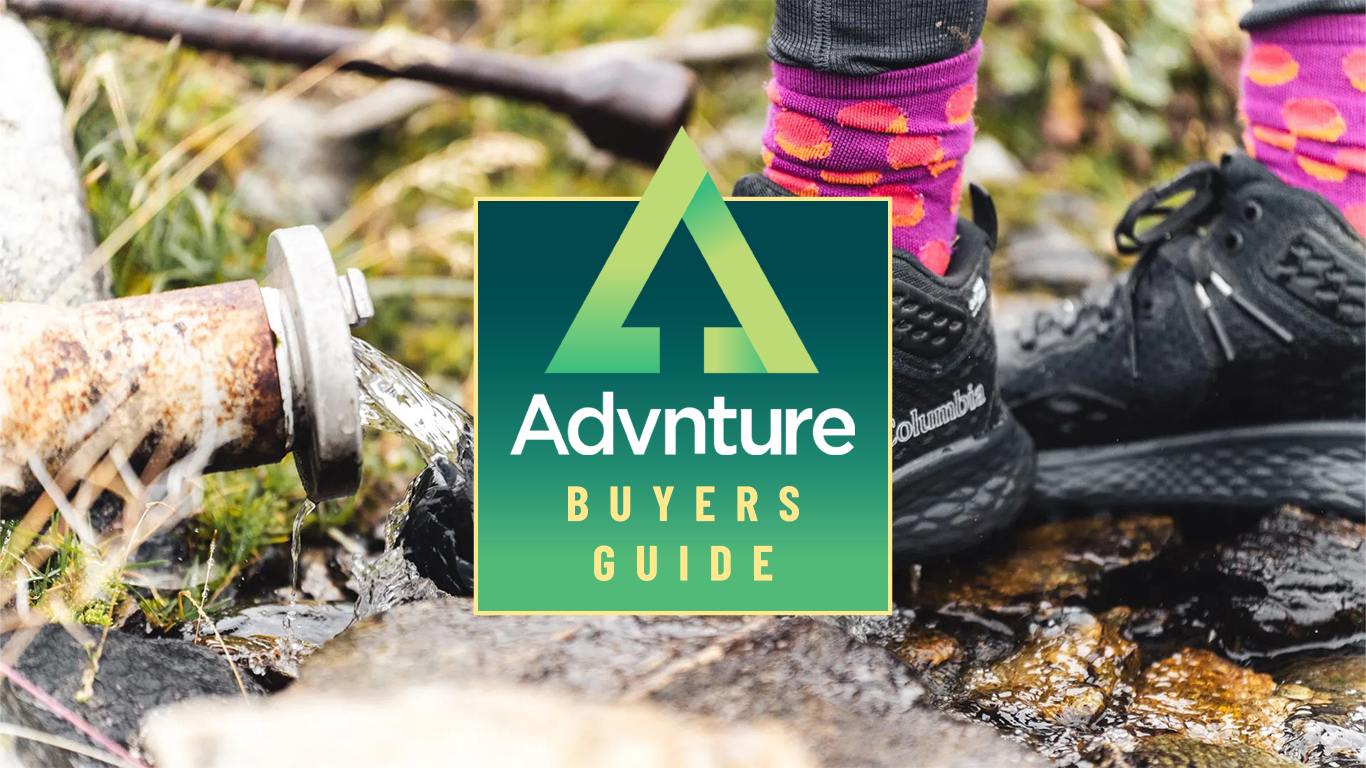
When you're feeling the pinch with rising living costs, the best cheap hiking boots give great bang for your buck, allowing you to get outdoors and seek solace in the hills. Like the best hiking boots, they offer support and protection to keep you walking for longer in comfort.
Whether you want lightweight hiking boots, hiking boots for wide feet or comfortable hiking boots, our picks are versatile – great if you're looking for an entry-level boot or one that will suit all adventures.
While they are generally more pricey than a pair of trail runners, the cost doesn't match the premium end of the market, which can reach $300/£250 a pair. And you still get essential features, including ankle support, reinforced toes, grippy soles and breathable, waterproof fabrics.
There's little trade-off with durability here – some of our picks will keep you hiking for years. For casual hikes, routes on established paths and fair weather walks, these boots excel.
Our expert testers racked up the miles putting them to test in boggy UK conditions and further afield on rocky Alpine trails to find out how they fared in the field.
If you're looking for female-specific models, check out the best cheap hiking boots for women.
The quick list
This is our quick list, a snapshot of the best cheap hiking boots around. To find out more about the features and qualities of each piece of footwear, see our detailed reviews further down this guide.
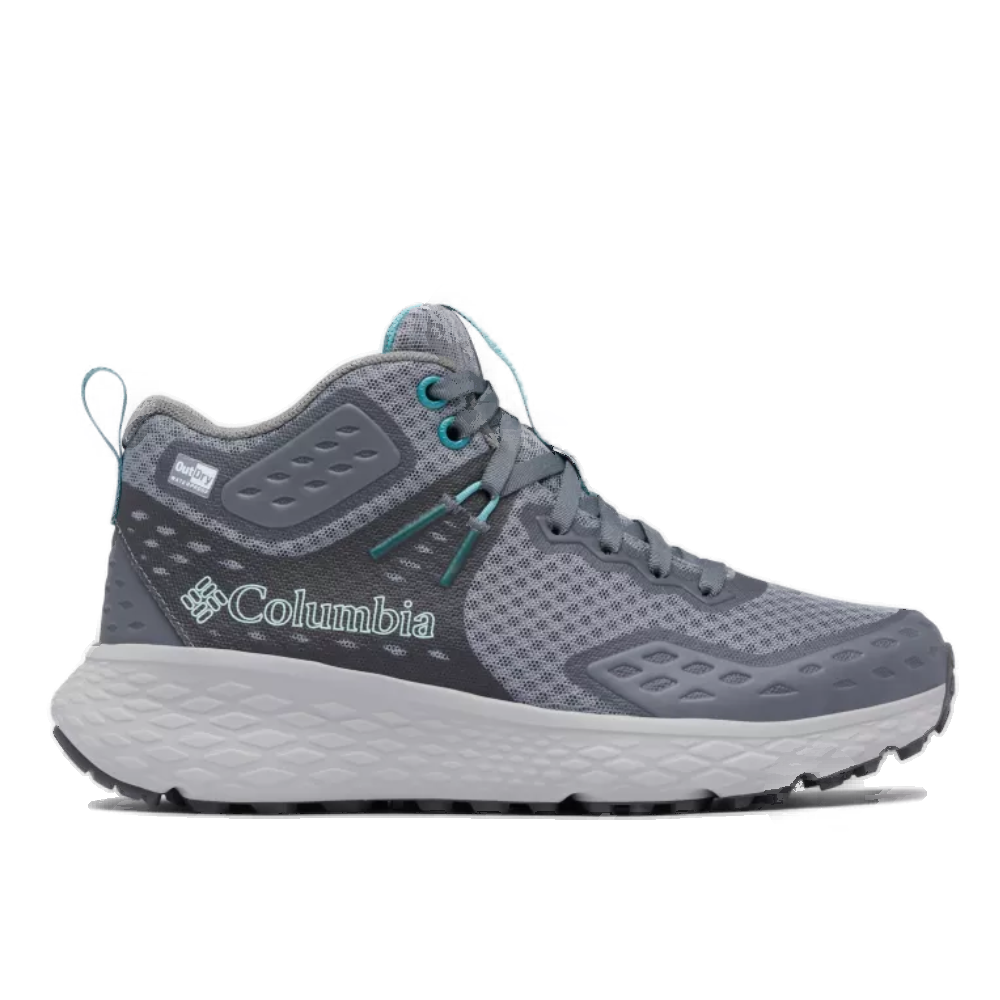
You’ll get great protection and waterproofing in this mid-height hiking shoe, along with stability, lots of grip and all-day comfort. All at an unbelievable price.
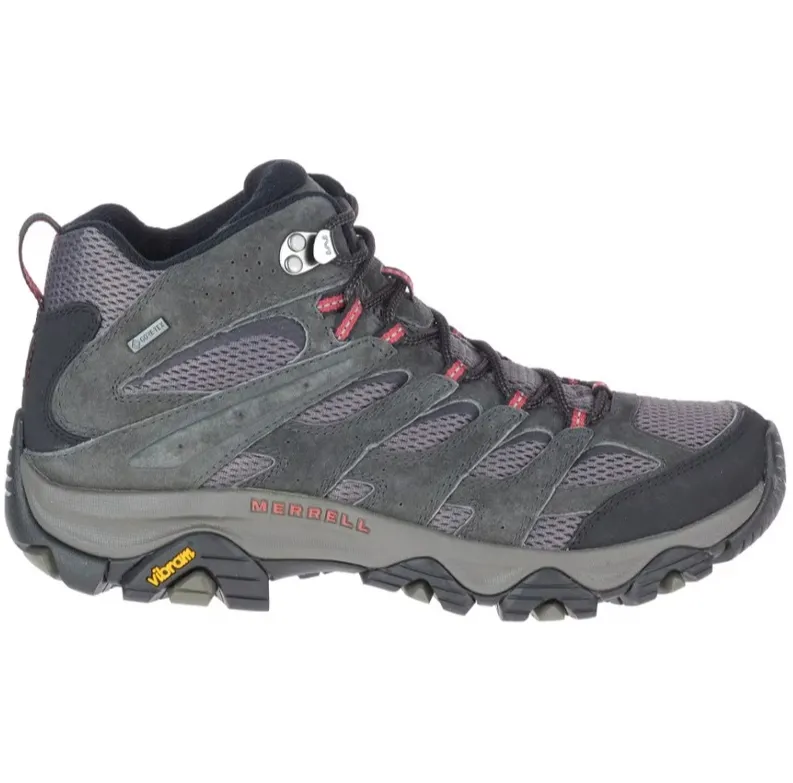 Best for day hikes
Best for day hikes
A brilliant everyday hiker that's well priced and will last. We're here for its out-of-the-box comfort and solid performance.
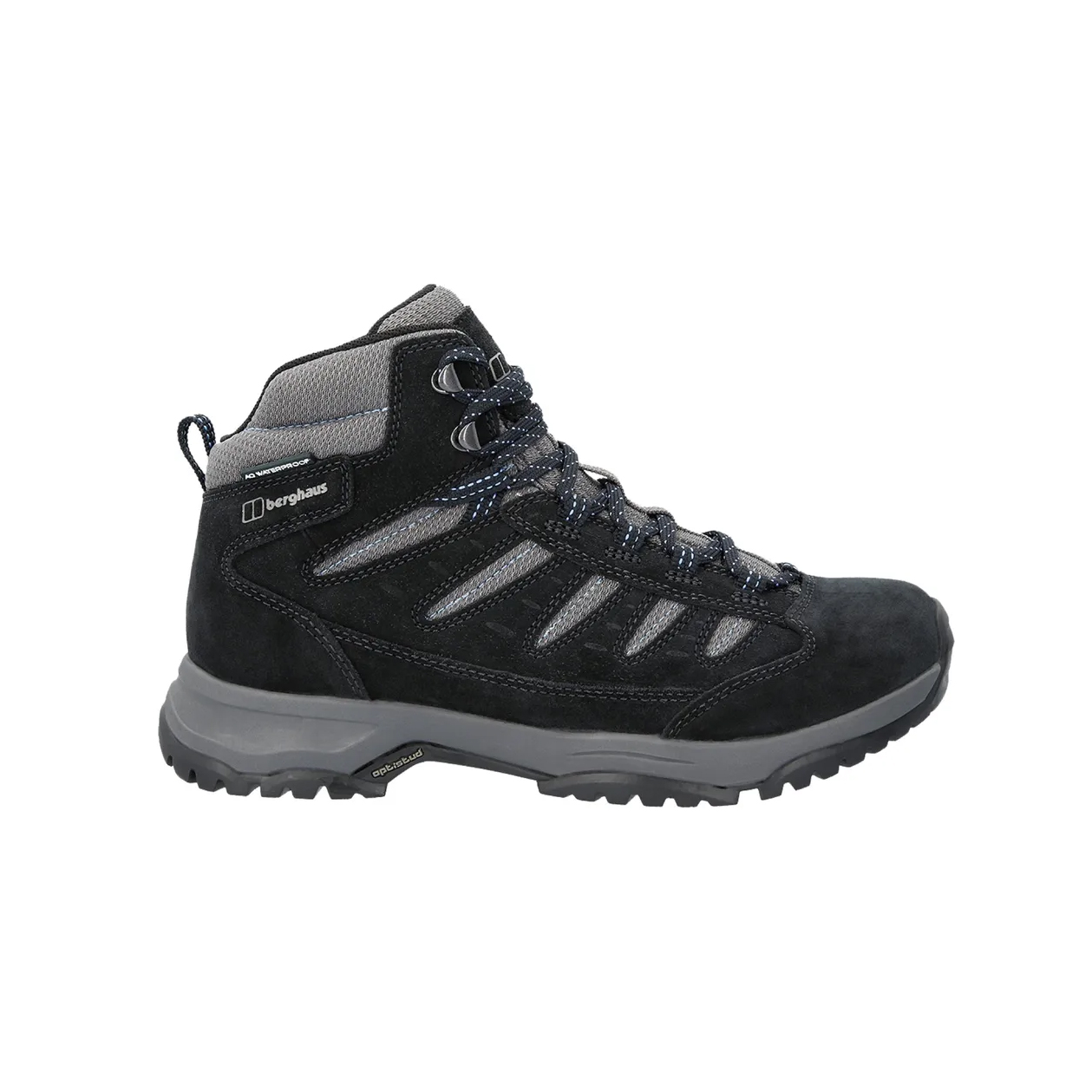
If you're after a versatile boot that's waterproof and lightweight, the Expeditor Trek 2 holds its own when compared to more expensive models.

Come grey and frigid days, you'll thank these leather workhorses for their insulating properties and reliable grip.
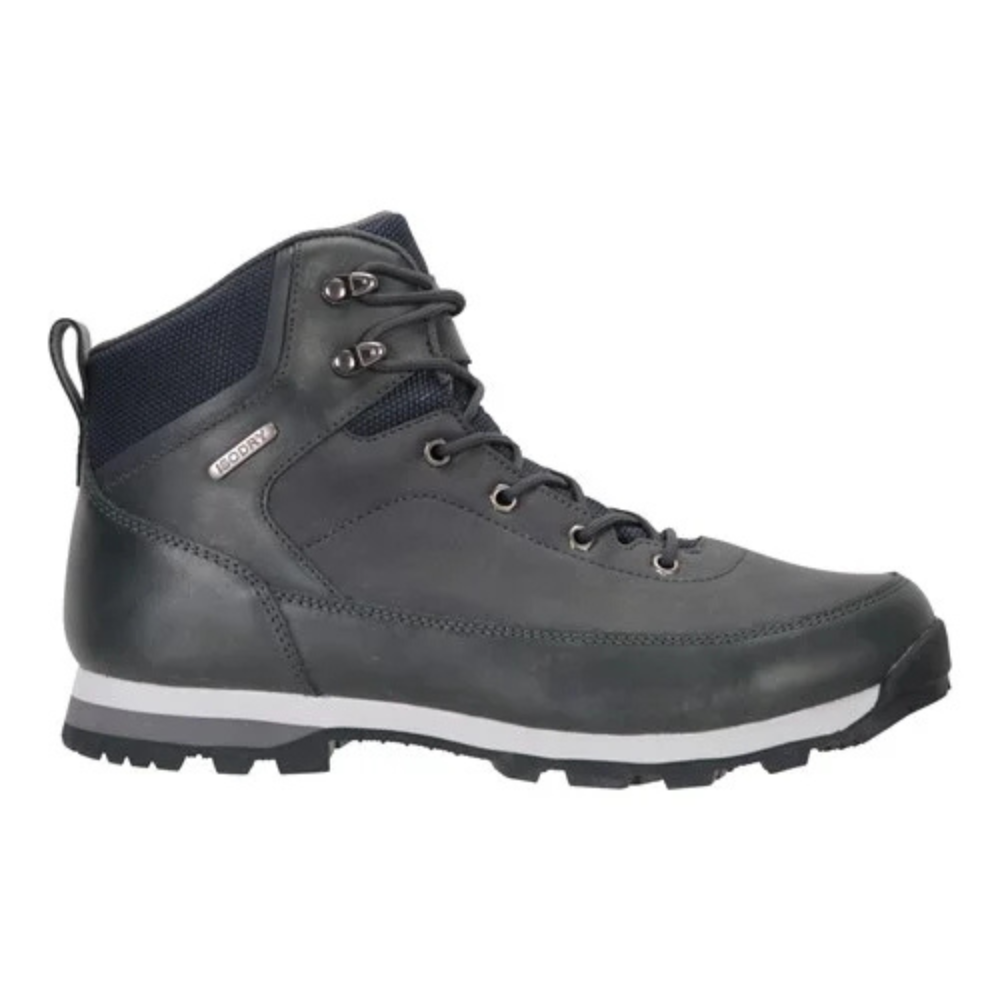
These boots are designed to endure but also give top-notch cushioning and comfort.
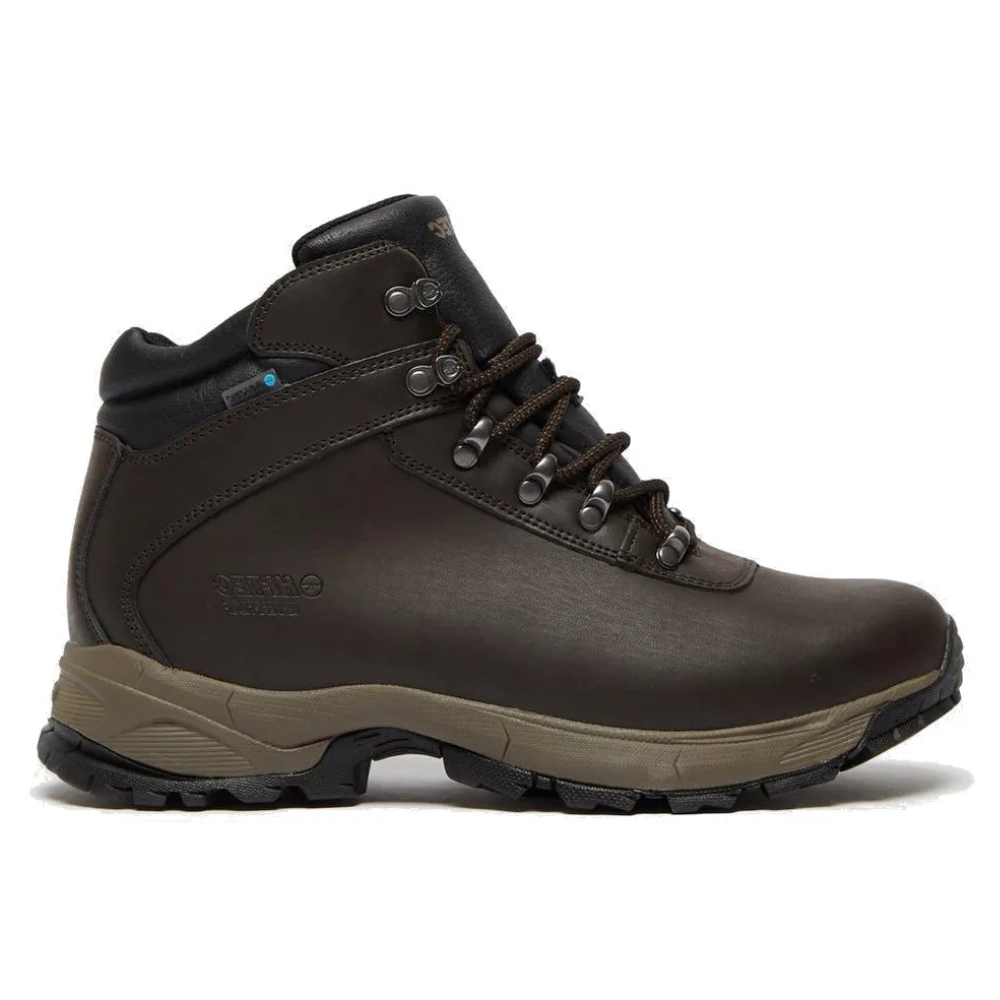
After a great option for warm weather on a budget? The Hi-Tec Eurotrek Lites are durable but won't weigh you down.
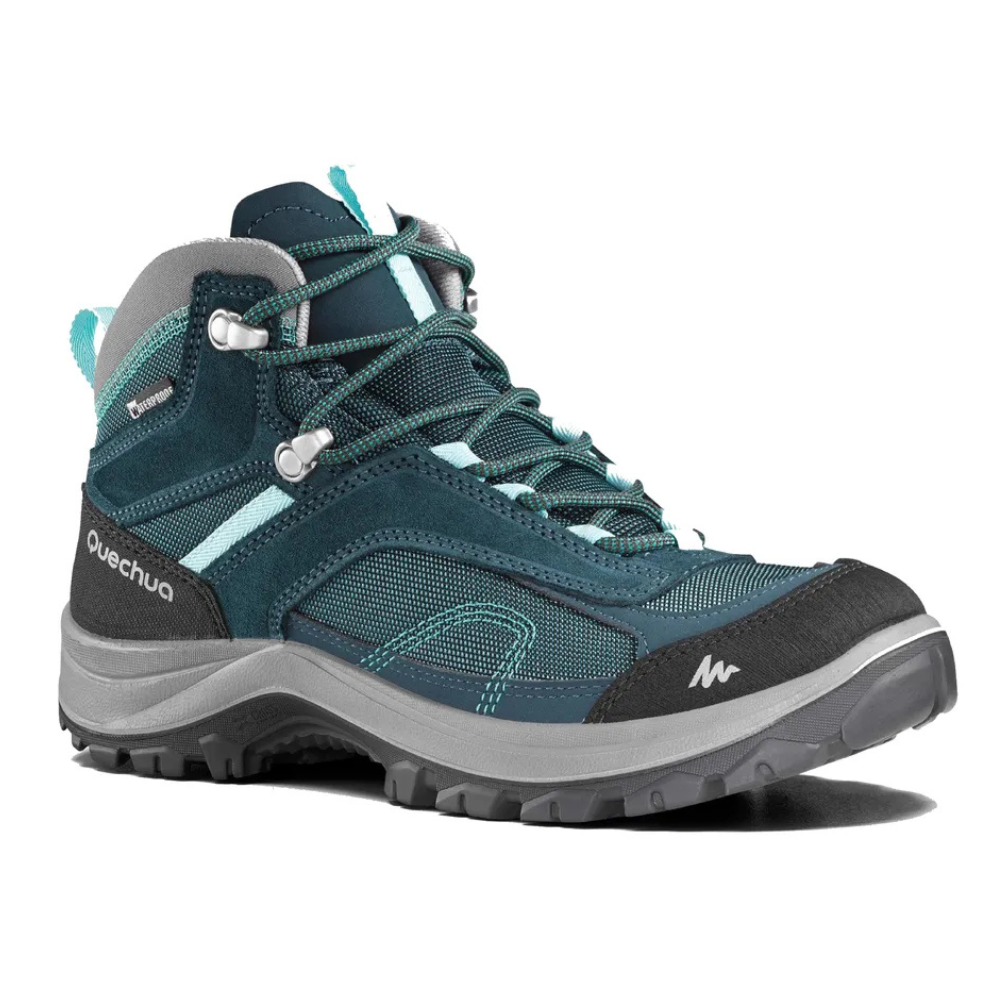
These boots are an absolute steal, although they won't keep your feet dry on wet days.
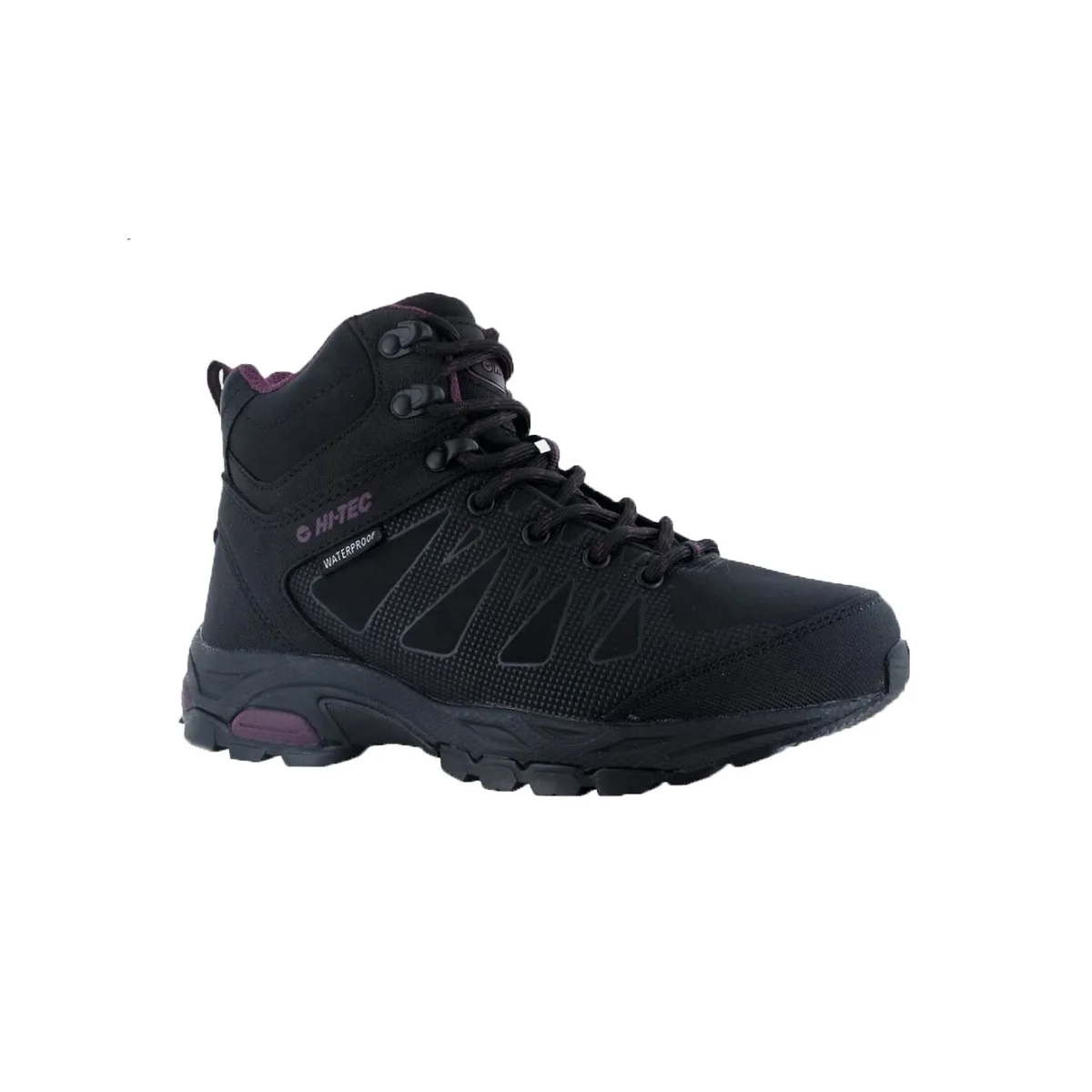
For easy ambles and less-challenging paths across the four seasons, this is a solid, affordable pick.
The best cheap hiking boots comparison table
Hiking boot | Price | Weight | Materials | Best use |
Columbia Konos TRS outdry Mid | $130 (US) / £115 (UK) | 9.8oz / 280g (per shoe, women's US 6) | Mesh upper, TechLite+ foam midsole, OutDry membrane, Adapt Trax outsole | Hiking in all but very warm weathers |
Merrell Moab 3 Mid GTX | $165 (US) / £130 (UK) | 20.9oz / 593g (per boot, size US 13) | Pigskin leather and mesh upper; Gore-Tex membrane; 100% recycled mesh lining; Merrell Air Cushion heel; Vibram TC5+ outsole | Ideal for day walks and longer hikes in good conditions, but not mountain or mid-winter epics |
Berghaus Expeditor Trek 2 | $170 (US) / £130 (UK) | 14.5oz / 415g (per boot) | Suede upper with AQ waterproof breathable mesh lining, EVA midsoles, OrthoLite footbed, super grip OPTI-STUD outsole | Dealing with most seasons and weather conditions |
Peter Storm Snowdon II | £135 (UK only) | 21oz / 600g (per boot) | Full-grain leather upper, EVA footbed, CMEVA midsole, moisture-wicking lining, high traction rubber outsole | Tackling its namesake mountain and other hill trails in cold and wet weather |
Mountain Warehouse Pilgrim | $119.99 (US) / £99.99 (UK) | 17.5oz / 500g (per boot) | Leather upper with an IsoDry waterproof and breathable membrane, EVA cushioning, TPR rubber outsole | Day-to-day wear as well as casual hikes |
Hi-Tec Eurotrek Lite Walking Boots | £100 (UK only) | 23oz / 650g (per boot) | Leather uppers with Dri-Tec waterproof and breathable membrane, EVA midsole and footbed, MDT rubber outsole | European-style treks in cooler weather |
Decathlon Quechua MH100 waterproof mountain walking boots | £49.99 (UK) / $89.99 (US) | 14oz / 395g (per boot) | Textile upper with breathable membrane lining, PU midsole, non-slip rubber outsole with 4mm gripping studs | Hikes in warm, dry weather |
Hi-Tec Raven | £120 (UK only) | 16oz / 450g (per boot) | Dri-Tec fabric upper with waterproof membrane, EVA midsole, carbon rubber outsole | Wear on well-groomed trails in changeable conditions |
The best cheap hiking boots
You can trust Advnture
The best cheap hiking boots overall
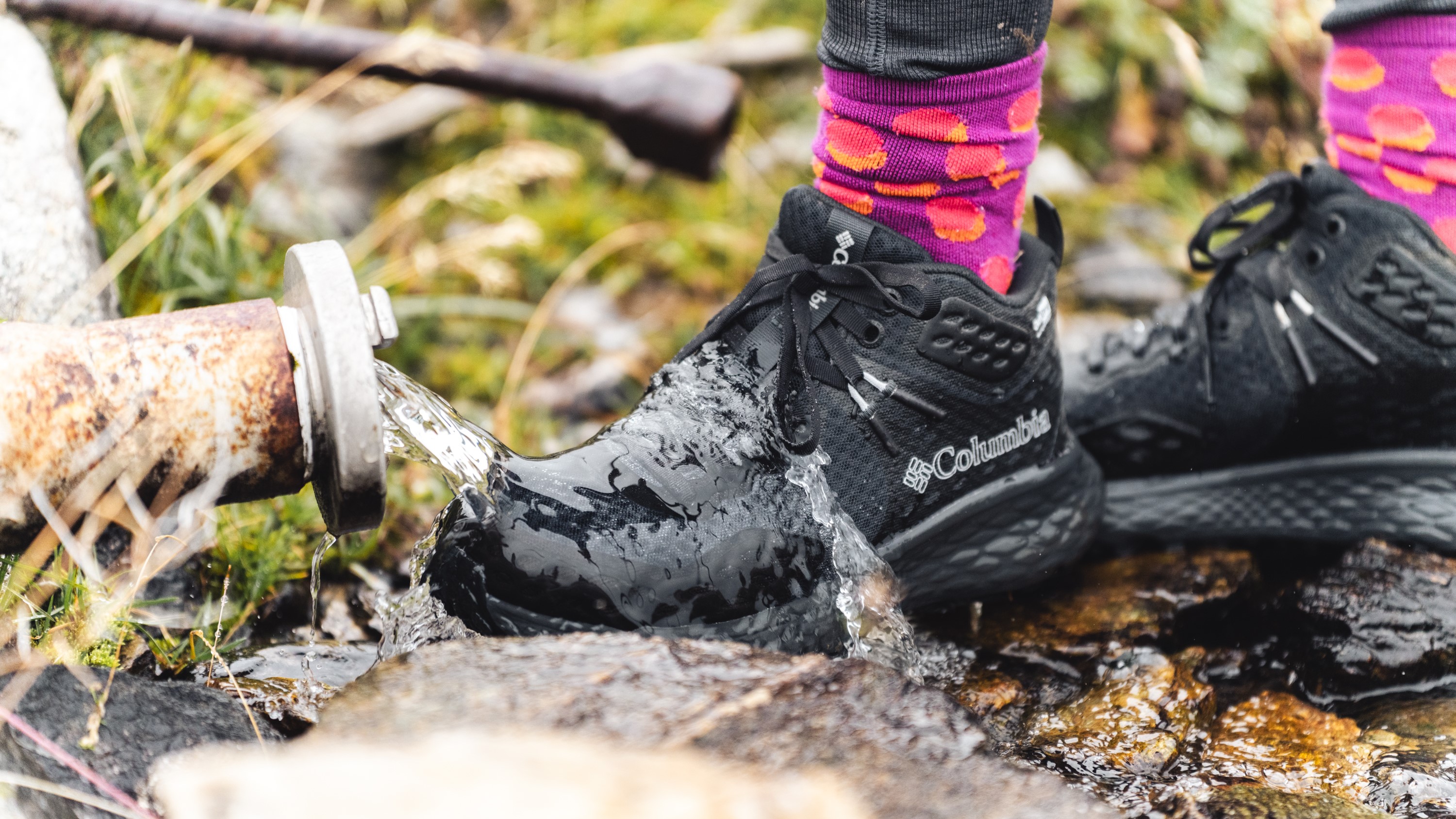
Specifications
Reasons to buy
Reasons to avoid
We rated the trainer-style versions of the Konos TRS Outdrys so were looking forward to putting these mid-height versions to the test. They are a little higher cut offering even greater protection and stability than the shoe-style hikers.
The sizing is a little small, so ordering a little larger than usual gave our tester Julia Clarke a good fit with room for feet to swell. The toe boxes of Columbia shoes aren't the widest, but sizing up will help with this too. And a secure lacing system along with ‘Navic Fit’ technology makes sure your feet don’t move around. The branded tech is called so because it hugs the ‘navicular’ bone across the midfoot giving you a snug fit without cramping.
The real key to comfort though is the incredibly plush midsole, which can keep you moving for miles without foot fatigue. You won't need to break them in – Julia wore them for two days straight from the box hiking rocky Val d'Anniviers in the Swiss Alps. There's enough flexibility in the uppers, even with the reinforcements that offer trail protection.
The weather was good so she took to springs and streams to test the waterproofing, which excelled even in deeper pools. The waterproof membrane that's bonded to the upper didn't breach, even under high-pressure water.
While you might not want to choose these hikers for hot-weather stomps, they do offer enough breathability to feel comfy on warm days.
As well as giving brilliant grip, the sole is incredibly flexible, so don't be put off if you want a responsive ride. There's plenty of stability to keep you surefooted on steep alpine descents, muddy slopes and wet rocks.
It's hard to find fault with this mid-cut hiking shoe, especially considering the fair price point. As with the trainer versions, it would be good to see recycled content in the materials list. Perhaps in a future version?
Read our full Columbia Konos TRS OutDry Mid Hiking Shoe review
The best cheap hiking boots for day hikes
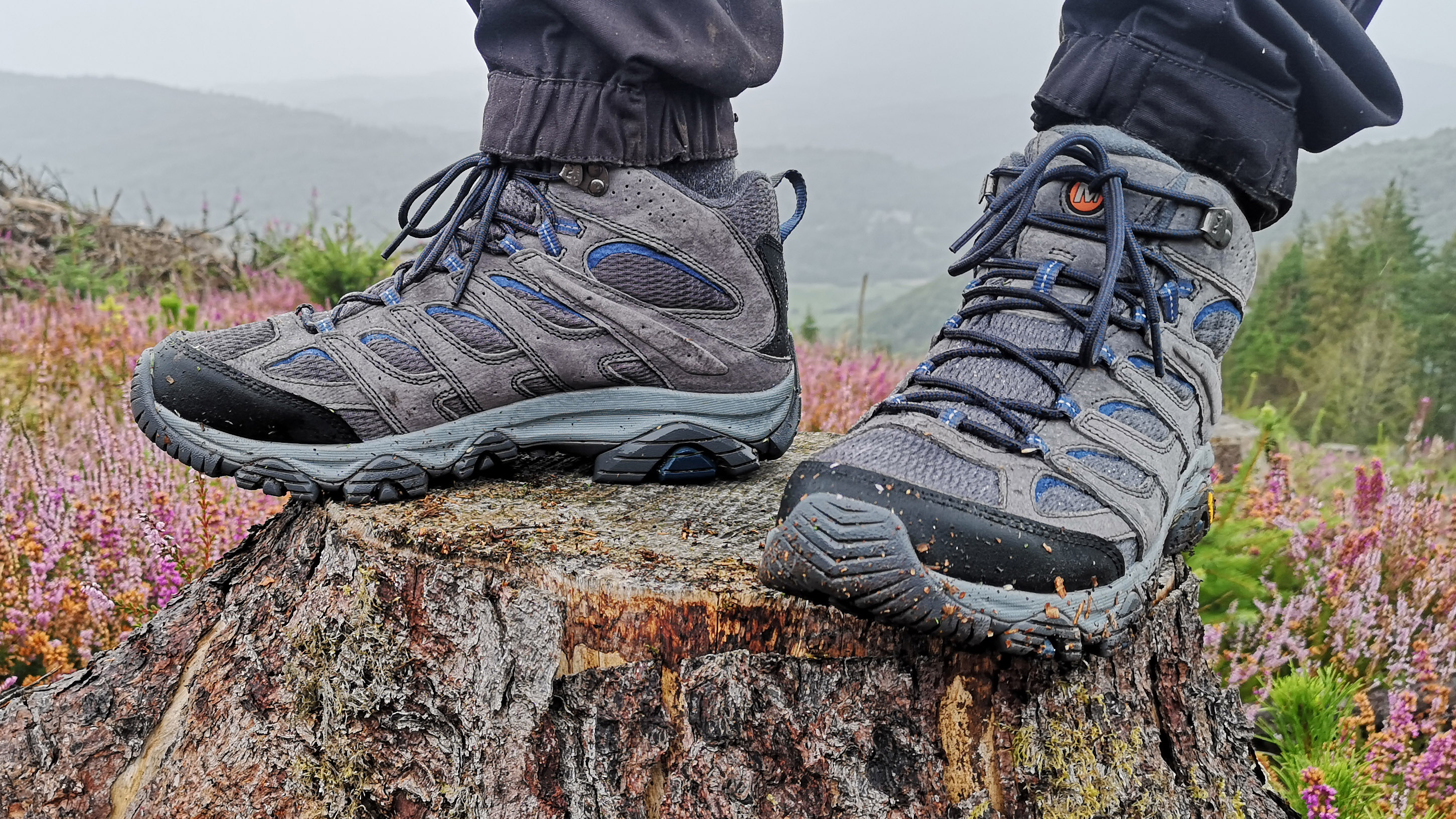
Specifications
Reasons to buy
Reasons to avoid
The first version of this popular mid-cut hiking boot was released back in 2007 and combined the stability and protection of a boot with the light and comfortable feel of a shoe. We were keen to see what updates the third generation featured.
The accommodating fit, wide toebox and plush padded ankle collar are still very much present, but there are a few upgrades: the uppers now have smaller mesh panels and more robust pigskin suede leather for better durability, backed with a waterproof Gore-Tex liner. The Moab more sustainable too – the mesh paneling, webbing and laces are now made from recycled materials.
There's a bit more arch support in the midsole than most mid boots, which gives enhanced stability and comfort. The outsole also has chunky 5mm lugs for great traction. It’s a well-built package.
On the trails our tester Matthew Jones found the Moabs coped well in almost all weathers. The Gore-Tex liner kept feet dry and mostly comfortable. The bellows tongue was a boon when negotiating puddles and boggy ground.
Breathability was good and only the warmest weather made them feel a little too hot. But it's not something to complain about as it's a common drawback of almost all Gore-Tex boots, especially those that are mostly made of leather, like the Moabs.
The boots are slightly heavier than many mid-cuts on the market, but still a solid all-rounder – ideal for day hiking.
Read our full Merrell Moab 3 Mid GTX hiking boots review
The best cheap hiking boots for thru hiking
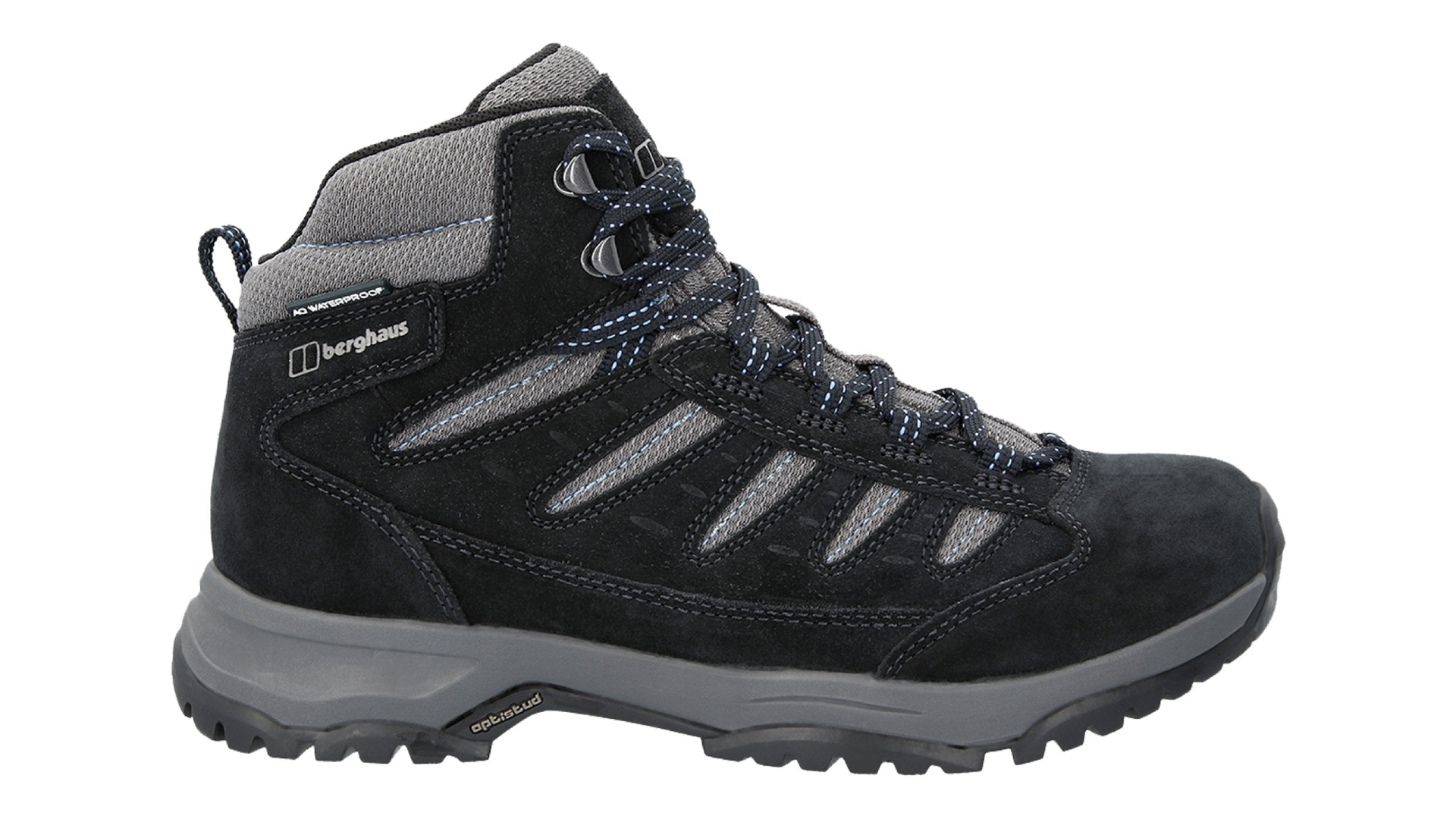
Specifications
Reasons to buy
Reasons to avoid
The Berghaus Expeditor Trek 2 truly is a boot for all seasons. And when you compare its features to a more expensive model, it really does have a great price point
As Berghaus states, it is a 'sturdy but light' boot that is designed to 'keep feet happy all day long'. A combination of suede, mesh and a waterproof membrane means this boot is both weatherproof and reasonably lightweight at 415g per boot.
Cushioned soles mean the hikers are comfortable from the off, and will allow you to keep walking all day long. It's down to the EVA midsoles, which are great shock absorbers, and the OrthoLite footbed, which is made of open-cell foam to enhance comfort and breathability. The Opti-Stud soles (Opti-Stud being Berhaus' patented lug technology) feature a mix of large and small studs, designed for enhanced grip on all terrain – and it certainly delivers, even on wet rock.
Our tester Sian Lewis didn't find fault with this boot, apart from the light grey colorway, which can stain easily and isn't the best choice if you like to start your mountain missions looking pristine.
For the fair price, you really can't go wrong with this versatile hiker.
Read the full Berghaus Expeditor Trek 2 boot review
The best cheap hiking boots for winter
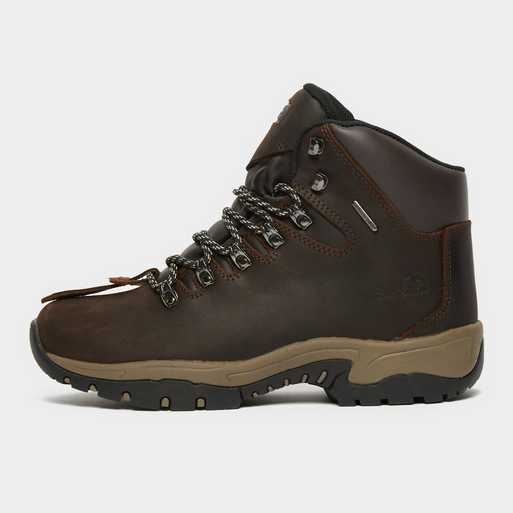
Specifications
Reasons to buy
Reasons to avoid
You can tell instantly from the timeless look that Peter Storm has great heritage. The Snowdon model – named after the highest mountain in England and Wales (also known as Yr Wyddfa in Welsh) – is now in its second generation.
We're including it in this budget round-up because you'll be hard-pressed to find a timeless, leather hiker that has such a great price tag. And you can often find this boot retailing for much less than the official list price online.
But can the Snowdon IIs cut it on the trails? These durable boots are warm and waterproof. There's a sturdy toecap for protection on rocky ground and they are grippy enough to make you feel secure on wet mountain trails.
You do pay a price when it comes to weight and breathability. Our expert tester Sian Lewis found they looked and felt a little heavy, especially after a long day out. Plus, they feel clunkier than other models on test here.
However, if you're after a winter boot with a tough outsole and won't give out after miles in the mud, the Snowdon IIs are a great choice.
Read the full Peter Storm Snowdon II Walking Boots review
The most comfortable cheap hiking boots
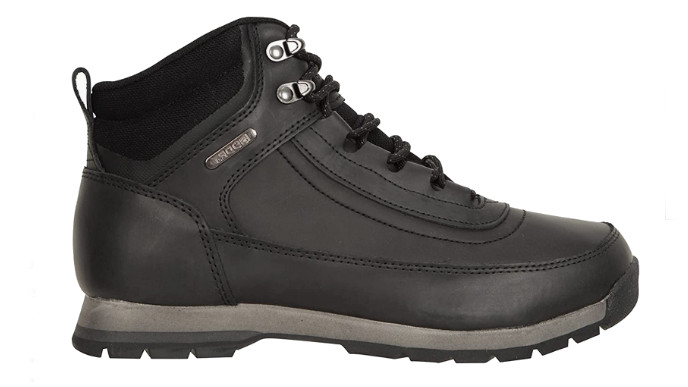
Specifications
Reasons to buy
Reasons to avoid
When it comes to first impressions we're big fans of the classic design of these handsome leather hikers. They are buttery soft and look great work with jeans as well as hiking trousers – a great boot to pack for a walking holiday where you’ll need something for daytime adventures as well as post walk tavern trips.
On the trail the Pilgrim IIs are waterproof enough to handle wet weather hikes, but you will need something with greater waterproofing for deluge days. The flipside is that they are nice and breathable.
When it comes to weight, our tester Sian Lewis found they were not the lightest on test, but for the money they are perfectly adequate for a full day hiking.
Without reinforced toes or top-quality traction, you'll want to keep these for valley path walks and countryside ambles rather than bushwhacking up mountain sides.
Read the full Mountain Warehouse Pilgrim Leather Boots review
The most durable cheap hiking boots

Specifications
Reasons to buy
Reasons to avoid
For those outside the UK, the Duke of Edinburgh Award is a program that helps young people become fitter and healthier, develop new skills, help the community or environment and plan, training for and complete an expedition. On the affordable expedition kit list are these lightweight hikers, designed to offer all the comfort and protection you could need.
They are a classic leather hiker that is comfy straight out of the box and doesn’t need any breaking in. There's great cushioning in the midsole and feature a breathable membrane.
When it comes to foot and leg fatigue, our tester Sian Lewis found the breathability and cushioning helped to counteract the weight, which is heavier than others on test.
The rubber outsole gives great grip and if you hunt around you can find them at an even better price than their already reasonable list price.
We reckon they are a solid buy, whether you're planning your first expedition or are a seasoned hiker.
The best cheap hiking boots for summer
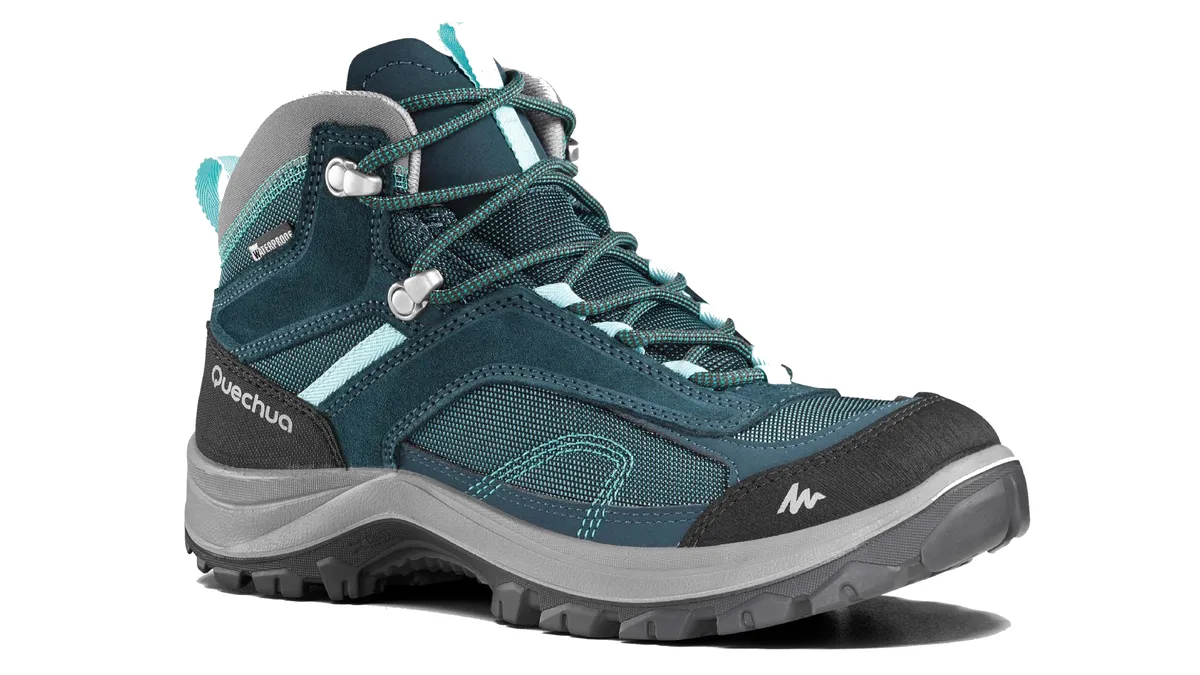
Specifications
Reasons to buy
Reasons to avoid
When it comes to price, you can't get much lower than Decathlon's MH100 mountain walking boots. Although, if you're looking for waterproof hikers you're going to feel cheated as, despite what the name suggests, these boots don't offer much protection against wet weather. A light sprinkle, perhaps, but little more than that.
Look over that for the minute and, as with much of Decathlon's offerings, you're still getting a great outdoor product for a very cheap price.
The tactile, fabric boots are impressively light – great for fair-weather adventurers and those who want a pair for overseas missions that won't weigh down luggage. The high top offers cushioned ankle protection, although our expert tester Sian Lewis would have preferred a narrower cut to match the support other mid-cut boots on the market offer.
If you're intending to carry a heavy pack, opt for something sturdier, but if you love to travel fast and light, or need something for more casual dog walks, the MH100s will serve you well.
Read the full Decathlon MH100 mountain walking boots review
The best lightweight cheap hiking boots
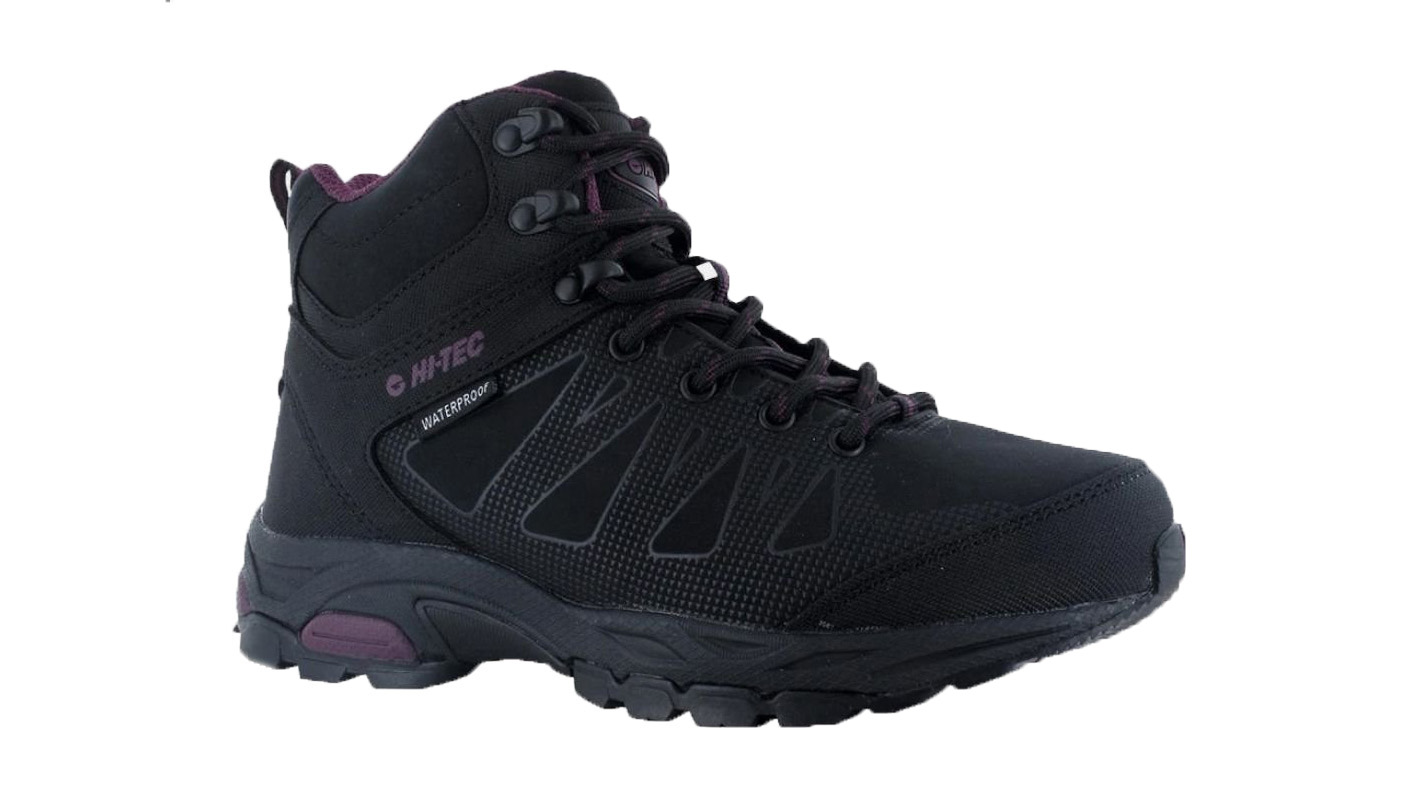
Specifications
Reasons to buy
Reasons to avoid
Despite the higher list price, this boot can often be found online for a lot less. And when it can, it's a real steal.
First impressions reveal that it's a solid and supportive piece of gear with a comprehensive lacing system. And it's not heavy. The fabric upper and carbon sole make this one of the lighter boots on test here – great if you prefer to feel light on the trails or enjoy easy day ambles.
In the field, our expert tester Sian Lewis found the Ravens to be waterproof enough to put up with rainy and wet conditions – the water beaded right off the outer fabric. The boot still has reasonable breathability, making it a good choice for the changeable shoulder seasons.
On the downside, the sole doesn't feature deep lugs, so you'll want to wear them on well established trails. And the lightweight uppers won't keep your feet insulated in bitter winter conditions. There is a solid toe box though, for extra protection.
Overall, a great pick for less-challenging paths.
Read the full Hi-Tec Raven Mid Boot review
Meet the testers

The author of the book Restorative Yoga for Beginners, Julia loves to explore mountains and then recover on the the yoga mat. Julia graduated with a degree in journalism in 2004 and spent eight years working as a radio presenter in Kansas City, Vermont, Boston and New York City before discovering the joys of the Rocky Mountains. She then detoured west to Colorado and enjoyed 11 years teaching yoga in Vail before returning to her hometown of Glasgow, Scotland in 2020 to focus on family and writing.

An outdoors writer and editor, Matt Jones has been testing kit in the field for nearly a decade. Having worked for both the Ramblers and the Scouts, he knows one or two things about walking and camping, and loves all things adventure, particularly long-distance backpacking, wild camping and climbing mountains – especially in Wales. He’s based in Snowdonia and last year thru-hiked the Cambrian Way, which runs for 298 miles from Cardiff to Conwy, with a total ascent of 73,700 feet – that’s nearly 2½ times the height of Everest.
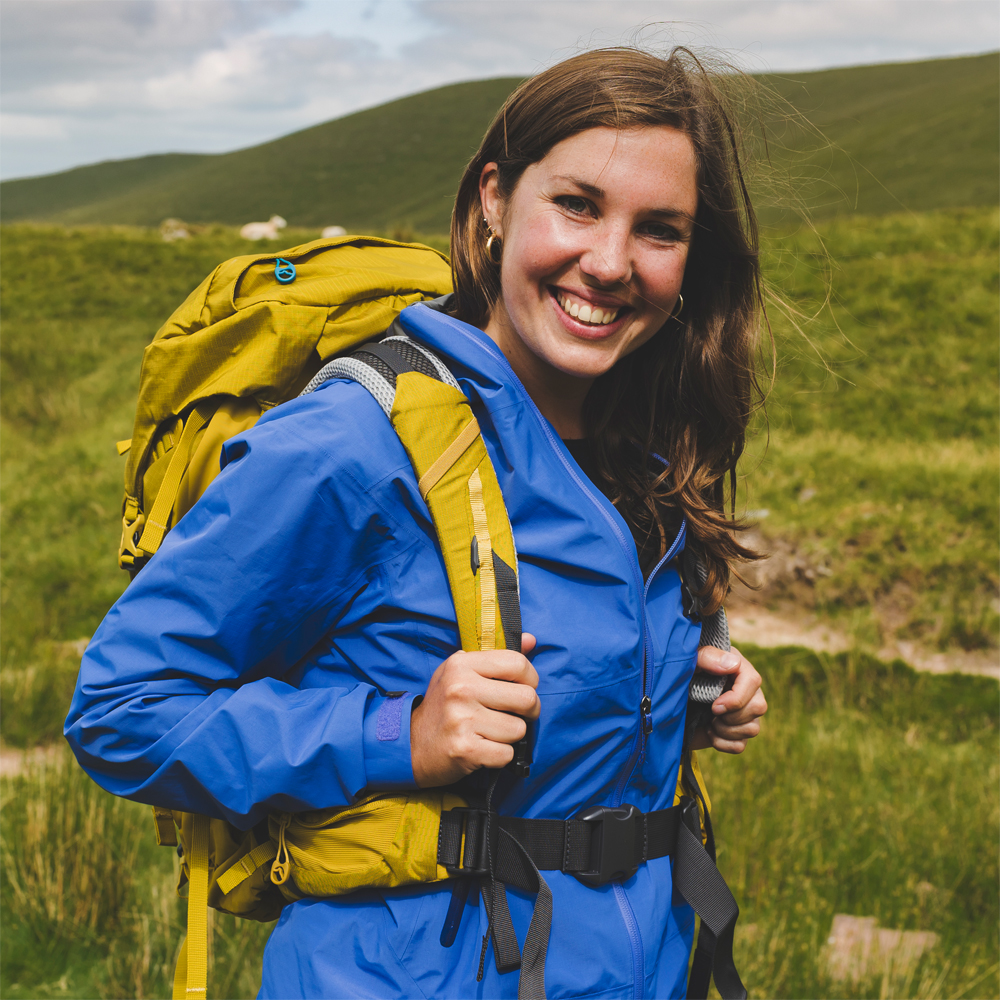
A lover of all things outdoors, award-winning travel writer Sian knows a thing or two about what makes a quality hiking shoe. An advocate for accessibility, she knows the value of budget footwear and has been rigorously tester outdoor gear for many years.
How to choose the best cheap hiking boots
Bagging a pair of cheap hiking boots in store or online can make you feel a million dollars, but if you get them on the trail and find out they're not fit for purpose, you'll feel duped.
Where possible, it's good to try on walking boots before you buy. Or buy from brands with fair returns or exchange policies. Wear them around the house as much as possible to check the fit before you take them on the hills.
When you're browsing, consider some of the following factors and features, to help narrow your hunt.
Price point
You probably have a budget in mind and will be browsing in the stores and websites of brands at the lower end of the market. However, remember that at the end of a season, or as a new iteration of a boot is released, brands can slash prices of previous models. You can also find links to third-party retailers on our site that carry stock at reduced prices. And we always let you know when the biggest retails are holding special seasonal sales, such as Black Friday, with impressive reductions – keep an eye on our newsletter. Be savvy and you might pick up a bargain.
Budget hiking boots often won't feature branded technology – Gore-Tex waterproofing, for example – which is one of the reasons why outdoor gear is so expensive. However, the best cheap hiking boots in our guide still have great functionality, and if they fall down in an area of performance, we've flagged it so you're aware before you buy.
Material
The uppers of the best cheap hiking boots are made of either natural leather or a manmade fabric upper. There are advantages and disadvantages to each material and the one you choose will depend on what type of adventures you'll be using your boots for. More recently manufacturers are understanding consumers' desire for vegan products and are responding by labelling when boots are free from animal products.
Leather tends to be warmer and is naturally water-resistant, but can be heavier and less breathable than fabric. Leather boots often require more maintenance and more breaking-in than fabric boots – while the latter offer more trainer-like comfort. As a general rule, we recommend warm leather boots for winter use, and more breathable fabric boots for summer use – it’s a good idea to own a pair of each.
Grip
Hiking boot outsoles are usually made from rubber or thermoplastic rubber and are designed to be durable and give great grip and traction. Lugs, which are the raised textures on the sole surrounded by grooves, give you braking and control when hiking in wet and boggy conditions. Generally, the deeper the lugs, the more grip. The make up of the tread pattern contributes to the effectiveness of the sole, and some designs are better than others at shedding mud and grit.
When it comes to compounds, softer ones tend to provide more grip, but harder ones typically wear better.
Waterproofing
Are you looking for a workhorse of a boot that will keep you hiking through all seasons and in all conditions? Then, unless you live in a warm clime, good waterproofing will be at the top of your must-have list.
A boot that features a waterproof membrane should keep your feet dry while also allowing them to breath. You might be lucky and find a low-priced Gore-Tex boot, but most budget models use cheaper own-brand membranes, some of which are excellent. Refer to our reviews rather than relying on brand marketing material though.
A boot that fits well and laces up snugly around your ankle will also help keep out splashes from puddles. And the higher the cuff, the deeper the streams you can wade through (just check that the waterproofing runs up to the top of the cuff).
Cut and fit
Whether you're shopping at the higher end of the market or looking for a steal, the cut and fit of a hiking boot is important to get right. Some brands, such as Saloman, tend to have a narrower fit, while others, such as Keen, cater for wider feet.
Do you prefer a narrow toe box that helps keep your feet in position and are more adept for scrambling and climbing? Or do you like space for your toes to relax and splay as you walk and give room for warm feet to swell without pain?
When you lace up the boots does the cuff come up high enough to give you stability and protection, without rubbing on your ankle bone? Is there enough cushioning to keep things comfy?
Is the midsole cushioned and supported enough to suit your arches? Getting this right will help relieve foot fatigue on the trails.
FAQs
What's the difference between cheap and expensive hiking boots?
There are myriad factors that come into play when brands price up a hiking boot, including materials, construction and extra features. The brands' overheads also play a part. These can include place of manufacture, sustainability, staffing and how much research and development the brand conducts.
Very generally, more expensive boots feature higher-quality, more durable materials such as better-grade leather or breathable synthetic materials. Laces may be non-slip and soles may be tougher and last longer. More time may have gone into the design and there may be more releases in market-led shapes and colour ways.
More expensive boots may feature branded technology, such as Vibram, which owns patented types of rubber outsoles. They are also often designed with a particular type of trekking in mind, for example, in winter weather or at high altitude.
However, as manufacturing technology advances and the outdoor market grows, many high-performance materials are available at a lower price. And with consumers demanding more cutting-edge kit, you can find early models of boots, which can still be great performers, at reduced prices.
When should I replace my old hiking boots?
It's usually easy to tell when you need a new pair of boots. Out on the hills you may find water breaching more easily than it used to, you may notice the grip isn't enough any more and you may feel the boots sagging and less supportive around your ankles.
Are you getting more pain in your legs, or in your feet? This can happen when the insoles give way. Visually, you can see if the lugs are wearing down in places, or if there are tears or splits in the uppers – this all means they aren't protecting you and preventing you from injury as they should.
Even if your old boots haven't worn out, you may still need to invest in another pair if you are planning on a specific type of expedition. This could be a summer hiking holiday where the weather will be scorching and you need boots that are as lightweight and as breathable as possible. Or, are you endeavoring on a multi-day high-altitude mission where you could encounter anything from snow to torrential rain? If so, you'll need a sturdy boot with great traction and reliable waterproofing.
Are hiking boots overkill?
Hiking boots do a brilliant job of providing support and stability on the trails, helping ease leg fatigue. They are ideal for rugged terrain, longer hikes and bad weather. They'll also give support when you're carrying a heavy pack and protect your ankles from trail hazards.
Hiking boots have come a long way in the past couple of decades, and many are light and breathable while still offering great protection. The height of the cuff can vary dramatically from boot to boot, so if you'd prefer less ankle support for shorter, warmer hikes, choose a lower-cut boot .
Of course, many people enjoy hiking in the best hiking shoes and in the best trail running shoes, especially in the summer months.
Advnture Newsletter
All the latest inspiration, tips and guides to help you plan your next Advnture!
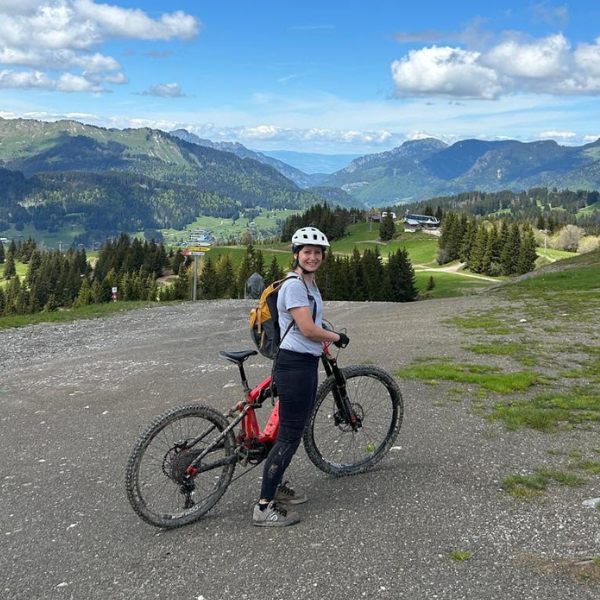
Charlie is a freelance writer and editor with a passion for hiking, biking, wild swimming and active travel. She recently moved from Bristol to South Wales and now refuses to leave her front door without one of the following: lightweight hikers, wetsuit, mountain bike, tent. Having bought a fixer-upper home that backs on to protected woodland, her love of nature and wildlife has intensified and the dark skies have kickstarted a new fondness for stargazing.
